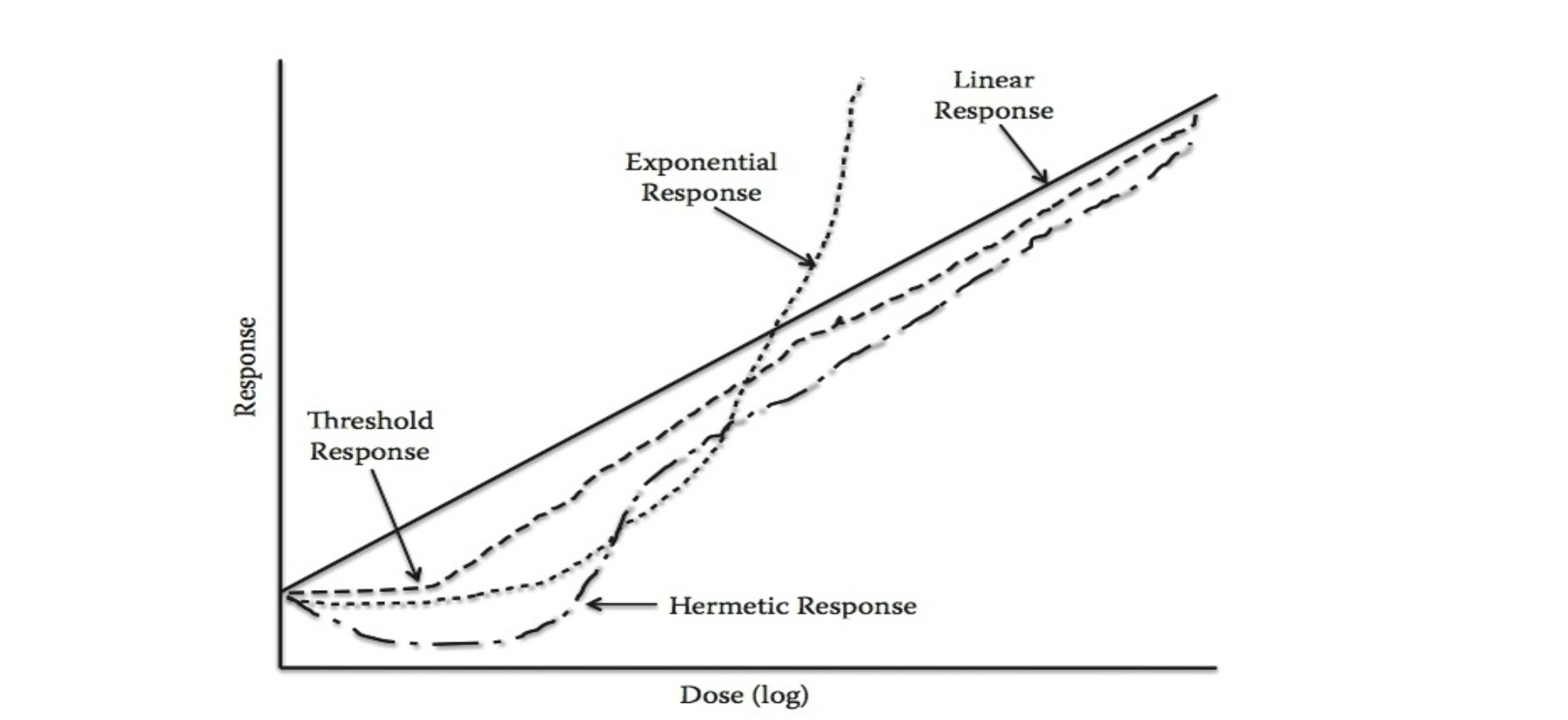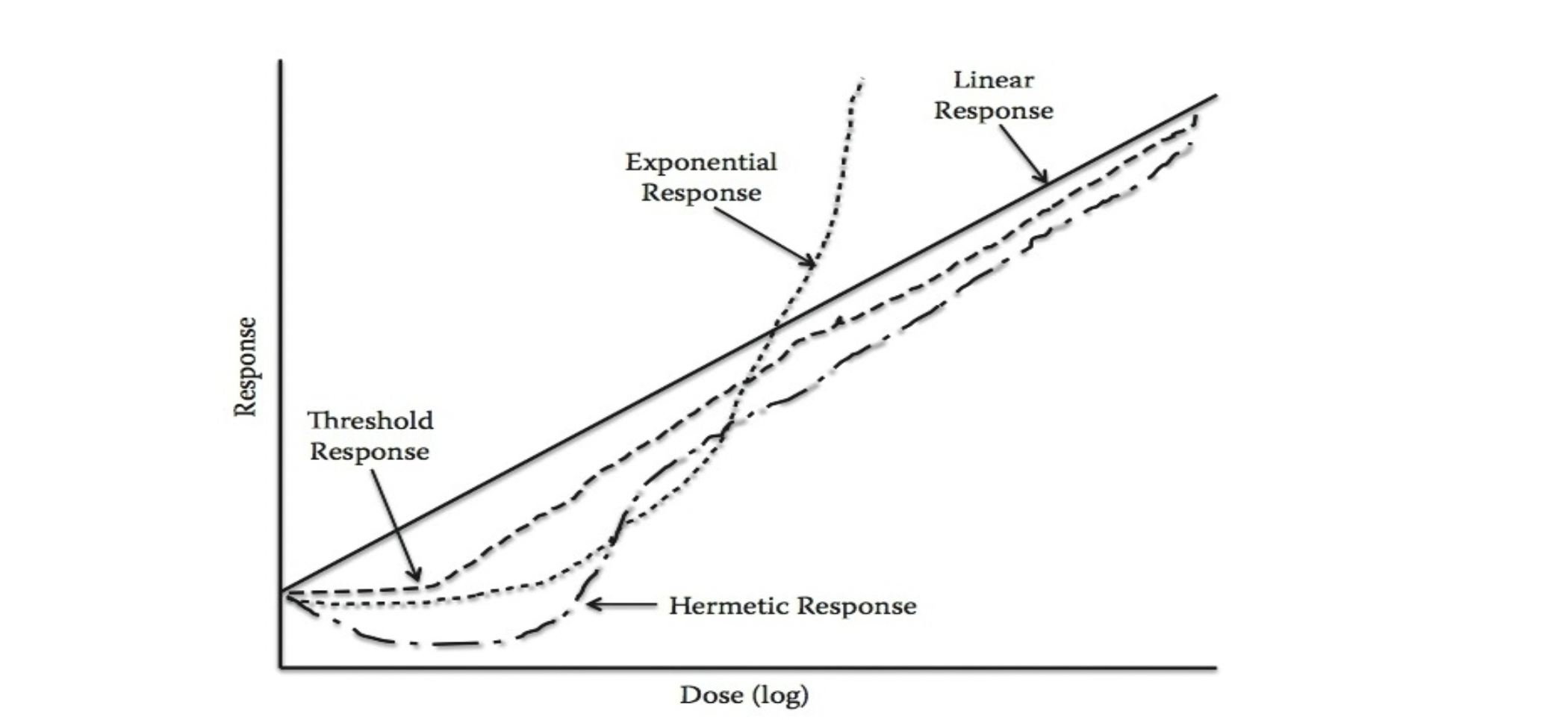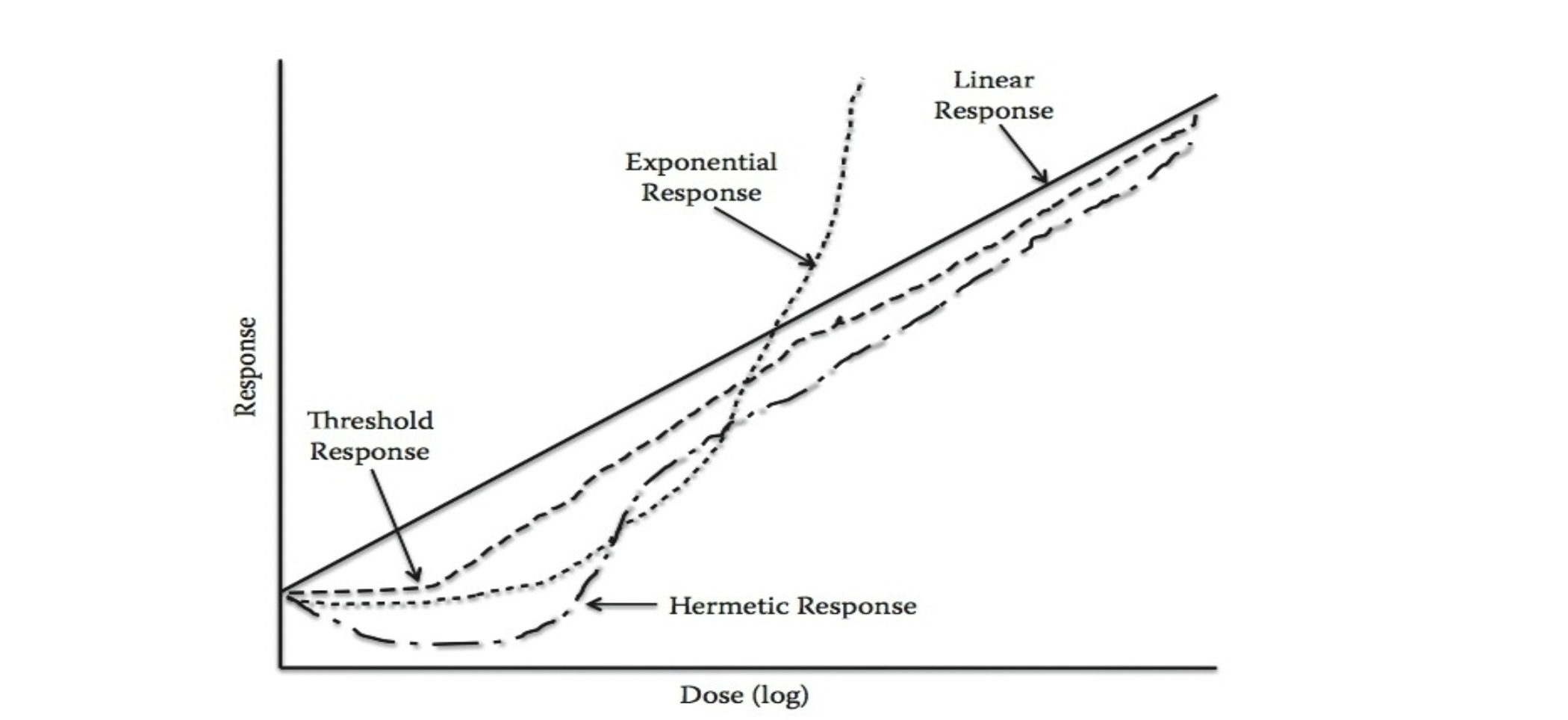ENV Quiz 3
1/55
Earn XP
Description and Tags
Name | Mastery | Learn | Test | Matching | Spaced |
|---|
No study sessions yet.
56 Terms
benefit cost analysis
comparing total expected benefits of an action against the total expected costs
risk
an indicator to the level of harm that is likely to occur in choosing a particular action over another
objective risk
relies on hard science, separation of personal bias, draws relationship between probability of harm and magnitude of harm
risk assessment
qualitative and quantitative characterization of risks, how science is used to objectively identify potential risks
quantification methods
how information from risk assessment is used to set limits on the amount of risk we are willing to accept, involves developing a set of priorities and the steps taken in risk assessment
hazard identification
can exposure have adverse health effects?
dose-response assessment
what is the relationship between the amount and the response?
exposure assessment
how often are individuals exposed?
risk characterization
leads to risk management
probability of harm and magnitude of harm are
inversely related
which is easier to get correct? magnitude of harm or probability of harm?
magnitude of harm
precautionary approach
approaching risk with caution and assuming worst case scenario
challenges of precautionary approach
lack of complete info on new technology may hinder development, lack of objective info can present too many choices
common set of priorities in quantification method
human health, human wellbeing, ecosystem wellbeing, aesthetic considerations (order can change depending on situation)
human health
historical and practical reasons for prioritizing human health, environmental laws develop as solution to disease outbreaks
human wellbeing
expansion of human health, involves quality of life, some actions can impact health without impacting wellbeing
ecosystem wellbeing
connected to total valuation technique, indirect or provisioning services
aesthetic considerations
speak towards the aspects of life that make it more appealing, often becomes relevant as tipping variable when other variables have been considered
quantification steps taken in risk assessment
hazard identification
dose response assessment
exposure assessment
risk characterization
questions to ask during risk assessment
what is the nature of the risk?
what is the likelihood of the risk?
what is the extent of the risk?
types of dose responses
linear, exponential, threshold, hermetic
linear dose response
one unit change in dose consistently results in x unit change in response, ex: alcohol

hermetic dose response
small dose shown to be beneficial, but large dose has negative effects at a certain level and begins to resemble linear, ex: exersise

exponential dose response
response doubles (or triples, quadruples, etc) for each one unit increase in dose, ex: radiation

threshold dose response
response is not notable until it passes a certain threshold, ex: lead exposure, ibuprofen

subjective values
make environmental decision making more difficult, not based on scientific methodology or dose response
confirmation bias
finding evidence/information sources to support what you already believe
Dunning-Kruger effect
thinking that we know more about an issue than we really do
cognitive dissonance
rejecting new information that conflicts with existing beliefs, behavior does not align with beliefs
emotion
how risk is identified and quantified by humans in the lack of objective scientific-type information
public outrage
while objective risk is termed “hazard”, subjective risk is termed “public outrage” (irrational)
risk =
hazard + outrage
relationship between coercion and risk
if someone is coerced to do something, perceived risk increases, ex: forcing someone to go skydiving
ways that risk is communicated can affect how it is perceieved
familiarity, coercion, control, knowledge
relationship between familiarity and risk
if risk is familiar, it is perceived as less risky, ex: smoking
relationship between who is controlling the risk and risk
if someone else is controlling the risk, perceived risk increases, ex: driving your own car vs getting into a plane piloted by someone else
relationship between knowledge and risk
less knowledge about risk leads to greater perception of riskiness, ex: climate change
not in my backyard (NIMBY)
people don’t want things in their local area but don’t really care about other areas, offers perspective on how subjective attitudes influence values and decisions
principled bargaining
achieving resolution that can help in decision making, focus on outcome and common areas of interests
positional bargaining
individuals take a position and defend it, regardless of info
harvard principles of negotiation
separate party from issue
negotiate interests
develop criteria
develop options
can someone’s professional and personal beliefs differ
yes
ways to overcome strong perceptions
framing the matter in a new way, focus on true concerns rather than position they are defending
sound decision making is based on
Good information
Consistency in interpreting this information
Knowledge of variables in decision-making process
Objectivity
Rationality
factors that influence individual decision making
criteria and cost
criteria
condition by which an act is judged, ex: What does sustainability mean to you and how did you come to this meaning of sustainability?
cost
weighing the positive and negative benefits of an action, Strength of belief can determine weight placed on positive or negative benefits
free rider mentality
individual interests diverge from group interests especially where the benefits are distributed equally among all members of a group regardless of merit or participation, ex: groups sharing common area
tragedy of the commons
public spaces are considered common property, no one can be excluded, and people can enjoy benefits without having to work for them
high divisibility, low excludability
common pool resources, ex: air, ocean
divisibility
degree to which a shared resource can be easily divided or partitioned among users
low divisibility, low excludability
public good, ex: gravity, national defense
low divisibility, high excludability
toll good, ex: private club, zoo
high divisibility, high excludability
private good, ex: homes, consumer goods
belief learning
one forms a belief of the world and uses that belief to make decisions
reinforce beliefs
learning based on experience